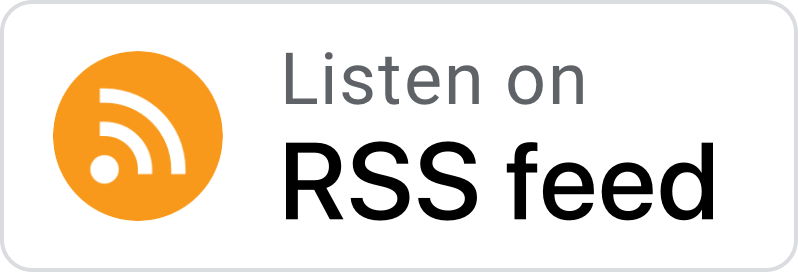
the BigAmateurism monologues
A series of events over the last 18 months—some unforeseeable—have created a perfect storm that will change college sports forever. The NCAA's bait an…
May 16th, 2021 |
1:22:21
Pay for Play (Part VI): 2014 - The “Student-Athlete” Gets its Day in Court
2014 was an important year in the evolution of the relationship between revenue-producing athletes and the institutional interests that benefit from athlete labor. A rapid-fire series of events placed the NCAA national office and Power 5 in a state of panic because their exploitative business model was under direct assault. From an attempt by Northwestern football players to unionize, to the trial in the O’Bannon case, to another Power 5 shakedown of the NCAA on governance authority, to the NCAA’s retention of a high-powered Washington DC lobbying firm, to a Senate hearing in which NCAA president Mark Emmert offered Power 5 threats as evidence of NCAA magnanimity towards athletes, to the formal adoption of “Autonomy” status for Power 5 conferences, to Judge Wilken’s ruling in O’Bannon, 2014 was a year for the college sports history books. This episode provides an overview of this consequential year and an in-depth evaluation of the Northwestern football team’s quest to unionize. In this quest, the football players had to establish as a threshold matter that they were employees of Northwestern University. Relying primarily on evidence provided by Northwestern itself, a regional labor board readily determined that these football players were indeed employees. The ruling sent the NCAA, Power 5, and their army of loyalists into war mode because if revenue-producing athletes are acknowledged as employees, the entire Big Amateurism business model collapses. If the athletics scholarship is actually pay for play converting athletes into employees, then “amateurism” and the “collegiate model” have no meaning. The Northwestern case provides an objective glimpse into the truth of the relationship between revenue-producing athletes and the institutional stakeholder-beneficiaries.


